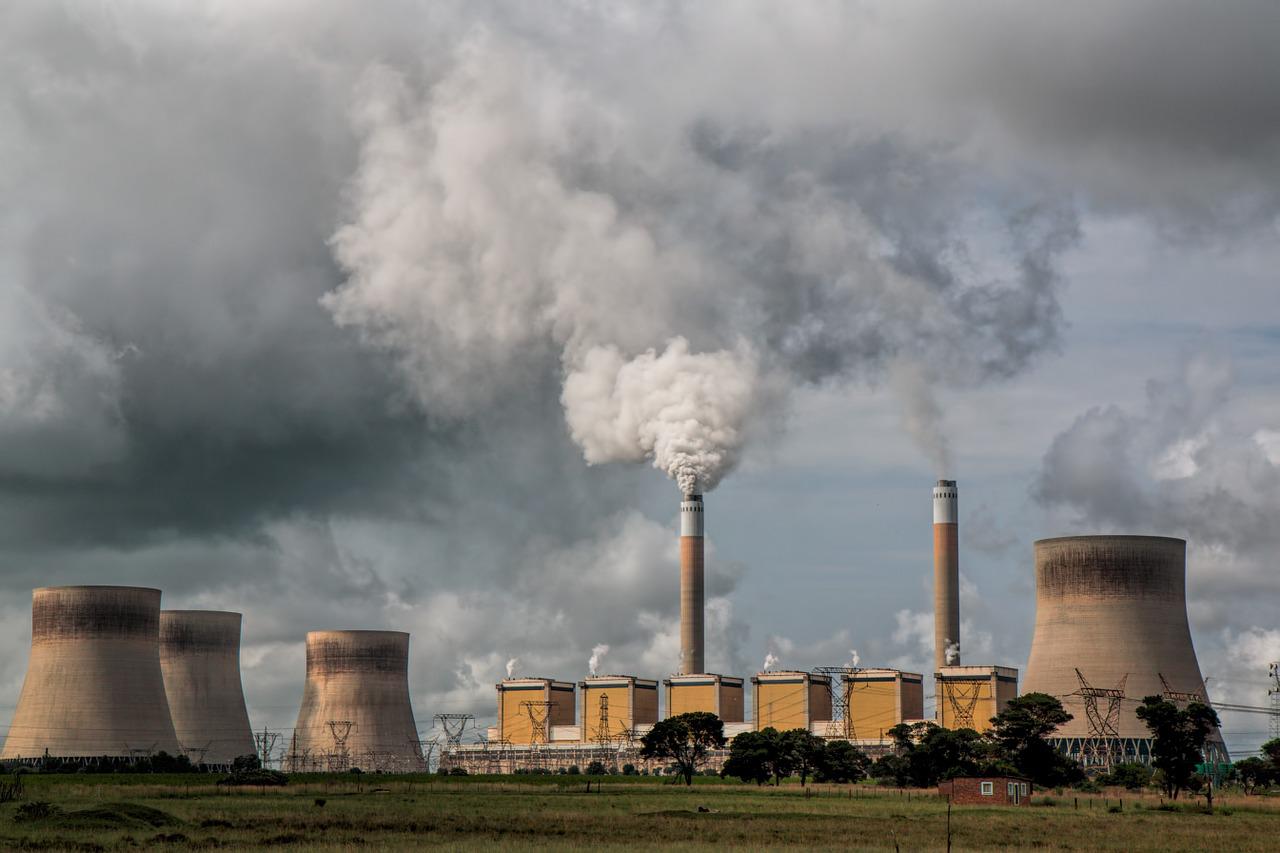The Scientific Advisory Board of the European Academies of Sciences (EASAC) released a report in 2018 saying that all known technologies offer only limited potential to remove carbon dioxide from the atmosphere, meaning that offsetting and direct sequestration alone will not achieve the goals set by the Paris Climate Agreement. The report also says that some methods of achieving carbon neutrality could do even more harm to the environment.
So far, carbon dioxide removal technology is not widely used anywhere, so it is difficult to calculate the environmental impact of it. The method itself requires a large amount of energy and water resources, which may in the future simply offset the positive effect of CO2 removal and cause the opposite result. Moreover, large-scale construction of facilities to capture greenhouse gases could have a negative impact on terrestrial and aquatic ecosystems.
Scientists agreed that the most effective way to combat climate change is to directly reduce emissions. “The focus should be on mitigation, reducing greenhouse gas emissions. It will not be easy, but it will certainly be easier than applying carbon-negative technologies on a significant scale,” says Gideon Henderson, professor of Earth Sciences at Oxford University.
According to Mikhail Yulkin, CEO of the Environmental Investment Center and CarbonLab, businesses should not be limited to their direct emissions. “If a company claims to be carbon neutral only in terms of its direct emissions (Scope 1), it’s a bit like greenwashing. The carbon footprint includes all of the company’s emissions related in one way or another to its activities: raw materials, production, supply, use, disposal and recycling, i.e. the entire life cycle of the product,” the expert notes.
The Russian oil and gas sector faces difficulties in understanding the necessity to account not only for direct emissions from its production, but also for indirect ones, i.e. those which are formed when using oil products. According to Yulkin, the automobile industry in Russia has similar difficulties. They are willing to account for direct emissions, but at the same time they shift responsibility for automobile emissions to consumers.
What’s wrong with planting trees?
Reforestation or afforestation (growing a forest where there never was one) is for companies the clearest and easiest way to offset the carbon footprint. But this method has its disadvantages.
First, the forest takes a very long time to grow. It takes 15-20 years for a tree to start absorbing carbon dioxide before it grows from a seedling into a mature tree. Secondly, trees do not absorb CO2 as quickly, which means that the goals of the Paris Agreement cannot be met this way. The average (which depends very much on the species of tree) is around 4 tonnes of CO2 per 1 hectare of forest per year. For example, a flight from Moscow to Sochi produces 13 tons of carbon dioxide.
Another problem arises from this – huge areas are needed for planting. The head of the oil and gas concern Shell, Ben van Beurden, has stated that a rainforest the size of Brazil must be grown to keep warming within the 1.5 °C prescribed by the agreement, which is almost 6% of the world’s land area.
The most important question is, can tree planting be considered sustainable reforestation? “For an activity to be considered reforestation or afforestation, the areas must be converted to a forest fund and must be monitored and accounted for. The company must be fully responsible for what happens on the property. If you just plant trees on a picnic, it has nothing to do with absorbing carbon from the atmosphere, it’s just fun,” explains Yulkin from CarbonLab.
Often many trees simply do not take root or die before they reach maturity. In this case, no emission offsetting will occur. You also need to understand what happens to the tree after it dies, when it starts to emit CO2 back. If the company (or responsible contractor) doesn’t monitor and control its plantings, and relies on chance, it’s more like greenwashing than offsetting.
Yulkin suggests first analyzing your own technology to see how effective it is in eliminating direct greenhouse gas emissions. Then minimize your own indirect emissions (Scope 3), and compensate only the remainder. It is better to invest in those projects that are guaranteed to remove the source of greenhouse gases, such as renewable energy. “Forest is not a universal way to offset emissions, on the contrary, one of the most difficult, although it seems to be the most affordable, but there are many pitfalls,” says the expert.
How do companies achieve carbon neutrality?
The head of the IT giant Google Sundar Pichai made a statement in the fall of 2020 that in 2007 the company managed to become carbon-neutral. In addition, it has already offset all the emissions it has produced in its history. Google has also become the world’s largest purchaser of renewable energy. The corporation plans to be completely self-sufficient in renewable energy by 2030.
What is Google doing to be a carbon-neutral company? Like many other companies, it is planting trees and sponsoring projects that reduce the amount of carbon in the atmosphere, such as cleaning up emissions from pig farms and landfills.
Another IT giant, Microsoft, has pledged to remove all the carbon it has produced since its founding, that is, since 1975. By 2030, Microsoft plans to become not just a neutral company, but a carbon-negative one, that is, to remove more CO2 from the atmosphere than it produces.
Apple has also joined similar statements about carbon neutrality. It announced that it would invest in the development of solar energy for its own use and for low-income families in the Philippines, in the restoration of mangrove forests, the development of carbon-free aluminum smelting process and more.
Plans to become carbon-neutral are evidenced by one of the “dirtiest” industries – the fashion industry. The Kering group of brands, which includes Gucci, Saint Laurent, Balenciaga, Alexander McQueen and others declared that it will strive for the carbon neutrality and by 2025 will reduce its own greenhouse gas emissions twice. House of Gucci has already declared itself a completely carbon-neutral brand.
Not only companies but also international events are striving to be carbon neutral. The FIFA strategy has an obligatory clause about the compensation of emissions which can be directly controlled by the soccer federation.
In fact, more than 50% of all greenhouse gas emissions from international tournaments come from international flights. These emissions are compensated by FIFA on a leftover principle – for the money paid by passengers in the form of a voluntary environmental fee. During the 2018 FIFA World Cup that took place in Russia, FIFA compensated more than 243,000 tons of controlled emissions and 16,000 tons of emissions from flights.
What projects did the money go to? Although the championship was held in Russia, the money was distributed all over the world.
For example, in the Kostroma region during the 2018 World Cup was invested in the transition of the wood processing plant from fossil fuels to biomass as a source of energy. Biomass became the wood waste of the plant itself, i.e., in fact, the plant introduced a circular economy. Before that, the waste was simply dumped in a nearby landfill, releasing methane.
Another six projects were invested outside of Russia. In India, a hydroelectric power plant was built on the Rangit River. As compensation for greenhouse gas emissions, FIFA also sent money to a project to modernize the treatment of waste from a pig farm in Chile. In Kenya, electric cooking stoves have been produced and used primarily in rural areas to replace traditional “three-stone hearths. A palm oil factory in Thailand bought new purification equipment. Two hydropower plants were built in Brazil, and a project to reduce nitrogen oxide emissions was launched in Pakistan.
The next FIFA World Cup, to be held in Qatar in 2022, is expected to be carbon-neutral for the first time in history. However, there are plenty of problems here – the federation can only be responsible for its own emissions, but not those produced by fans.


